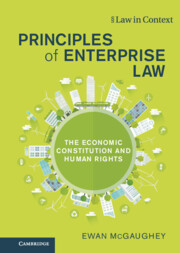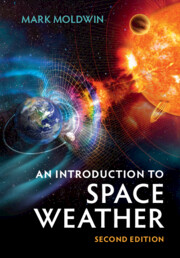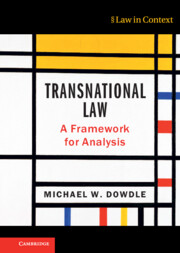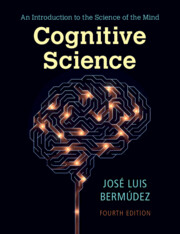Refine search
Actions for selected content:
36809 results in Cambridge Textbooks
References
-
- Book:
- Complexity Science
- Published online:
- 13 December 2022
- Print publication:
- 17 November 2022, pp 411-435
-
- Chapter
- Export citation
Preface
-
- Book:
- History and Systems of Psychology
- Published online:
- 04 November 2022
- Print publication:
- 17 November 2022, pp xix-xxiii
-
- Chapter
- Export citation
5 - Reawakening of Intellectual Life in the Middle Ages
- from Part I - Psychology’s Historical Foundations
-
- Book:
- History and Systems of Psychology
- Published online:
- 04 November 2022
- Print publication:
- 17 November 2022, pp 87-107
-
- Chapter
- Export citation
6 - The Renaissance
- from Part I - Psychology’s Historical Foundations
-
- Book:
- History and Systems of Psychology
- Published online:
- 04 November 2022
- Print publication:
- 17 November 2022, pp 108-126
-
- Chapter
- Export citation
20 - Contemporary Psychology
- from Part II - Systems of Psychology
-
- Book:
- History and Systems of Psychology
- Published online:
- 04 November 2022
- Print publication:
- 17 November 2022, pp 446-473
-
- Chapter
- Export citation
5 - Branching Processes
- from II - Mathematical Tools of Complexity Science
-
- Book:
- Complexity Science
- Published online:
- 13 December 2022
- Print publication:
- 17 November 2022, pp 93-109
-
- Chapter
- Export citation
Glossary
-
- Book:
- History and Systems of Psychology
- Published online:
- 04 November 2022
- Print publication:
- 17 November 2022, pp 474-487
-
- Chapter
- Export citation
Acknowledgements
-
- Book:
- Complexity Science
- Published online:
- 13 December 2022
- Print publication:
- 17 November 2022, pp xi-xii
-
- Chapter
- Export citation
8 - Network Theory
- from II - Mathematical Tools of Complexity Science
-
- Book:
- Complexity Science
- Published online:
- 13 December 2022
- Print publication:
- 17 November 2022, pp 177-229
-
- Chapter
- Export citation
Vocabulary
-
- Book:
- Reading Homer
- Print publication:
- 17 November 2022, pp 162-192
-
- Chapter
- Export citation
Introduction
-
- Book:
- Reading Homer
- Print publication:
- 17 November 2022, pp 1-13
-
- Chapter
- Export citation
16 - Psychoanalysis
- from Part II - Systems of Psychology
-
- Book:
- History and Systems of Psychology
- Published online:
- 04 November 2022
- Print publication:
- 17 November 2022, pp 318-353
-
- Chapter
- Export citation
17 - Behaviorism
- from Part II - Systems of Psychology
-
- Book:
- History and Systems of Psychology
- Published online:
- 04 November 2022
- Print publication:
- 17 November 2022, pp 354-389
-
- Chapter
- Export citation
Name Index
-
- Book:
- History and Systems of Psychology
- Published online:
- 04 November 2022
- Print publication:
- 17 November 2022, pp 488-492
-
- Chapter
- Export citation
Contents
-
- Book:
- Reading Homer
- Print publication:
- 17 November 2022, pp vii-vii
-
- Chapter
- Export citation

Principles of Enterprise Law
- The Economic Constitution and Human Rights
-
- Published online:
- 12 November 2022
- Print publication:
- 01 September 2022
-
- Textbook
- Export citation

An Introduction to Space Weather
-
- Published online:
- 12 November 2022
- Print publication:
- 01 December 2022
-
- Textbook
- Export citation

Transnational Law
- A Framework for Analysis
-
- Published online:
- 12 November 2022
- Print publication:
- 08 September 2022
-
- Textbook
- Export citation

Cognitive Science
- An Introduction to the Science of the Mind
-
- Published online:
- 10 November 2022
- Print publication:
- 10 November 2022
-
- Textbook
- Export citation
Contents
- from Chapter 9 - Strategies for Brain Mapping
-
- Book:
- Cognitive Science
- Published online:
- 10 November 2022
- Print publication:
- 10 November 2022, pp 171-194
-
- Chapter
- Export citation
